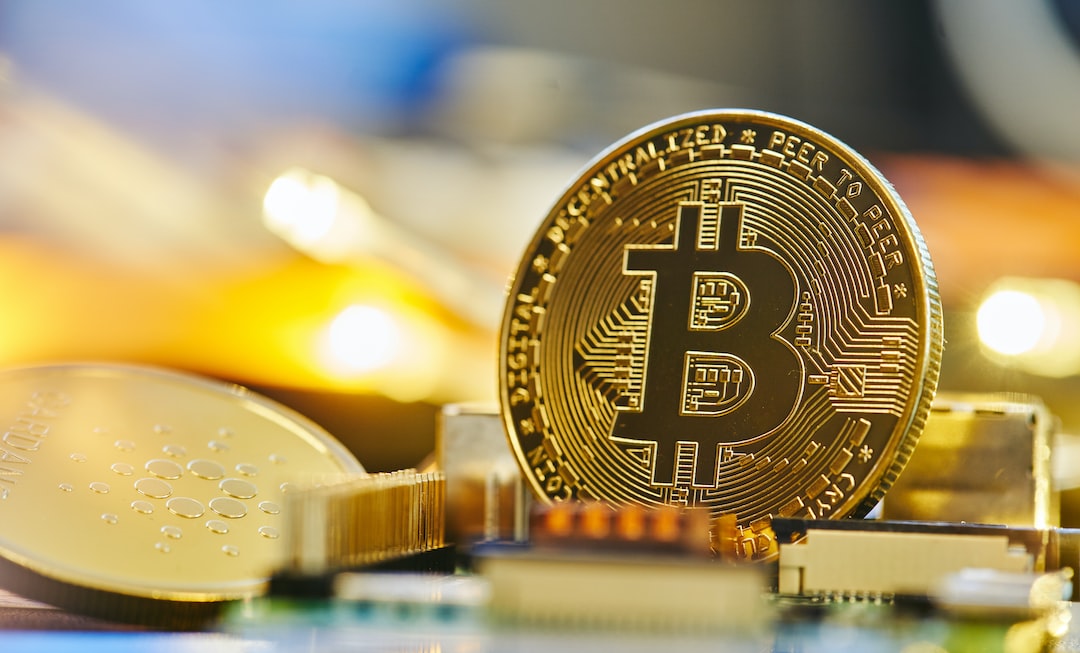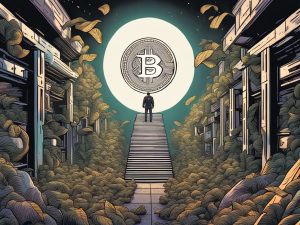The Impact of Inscriptions on Bitcoin Network
According to a recent analysis by Glassnode, the demand for block space has increased significantly alongside the release of Ordinals and Inscriptions in the Bitcoin network. Despite concerns about congestion, Glassnode suggests that there is minimal evidence of inscriptions displacing monetary transfers.
Are Inscriptions Displacing Monetary Transfers?
Glassnode’s report explains that Inscriptions are acting as a buyer of last resort for cheap block space. They tend to buy and consume the cheapest available block space, leaving more urgent and higher-value monetary transfers unaffected. This is evident from the relatively low fee rates set by users, indicating a willingness to wait longer for confirmation.
The report also reveals that the percentage of blockspace consumed by image-based inscriptions is almost inversely proportional to the share of transactions.
Text-based inscriptions and BRC-20 tokens, on the other hand, consume a relatively stable 20% or less of the available blockspace, indicating their smaller data footprint.
This suggests that text-based inscriptions serve as filler for blocks.
Increased Competition for Miners
Glassnode’s report highlights that inscriptions have significantly increased the base-load demand for block space and fee revenue. However, with a more than 50% increase in hash rate since February, competition among BTC miners has escalated.
This increased competition may lead to income stress for miners unless BTC prices rise in the near future.
Hot Take: Minimal Signs of Inscriptions Replacing Monetary Transfers
According to Glassnode’s analysis, there is minimal evidence to suggest that inscriptions are displacing monetary transfers in the Bitcoin network. Inscriptions act as a buyer of last resort for cheap block space and do not interfere with more urgent and higher-value transactions. While they have increased the demand for block space and fee revenue, miners face increased competition and potential income stress. Overall, inscriptions serve as a filler for blocks and play a complementary role in the Bitcoin ecosystem.





 By
By
 By
By
 By
By
 By
By
 By
By
 By
By